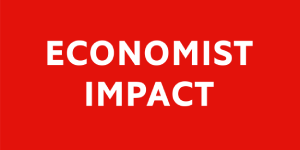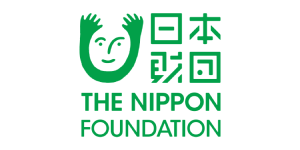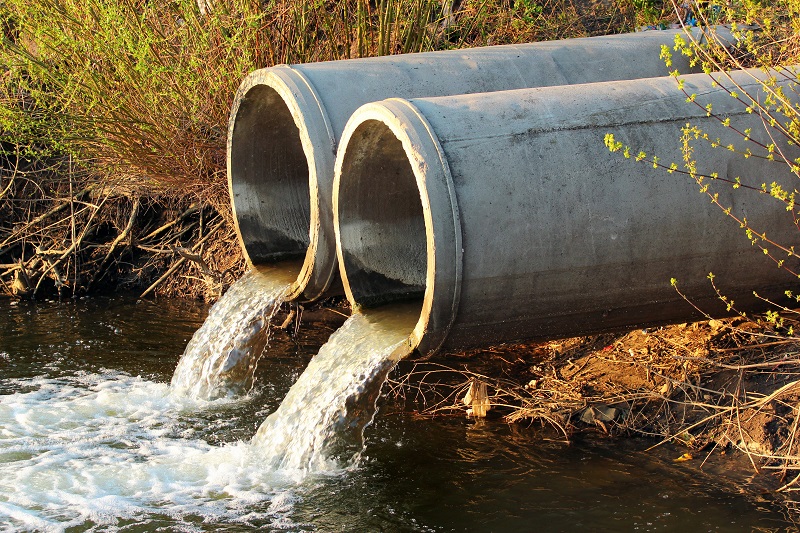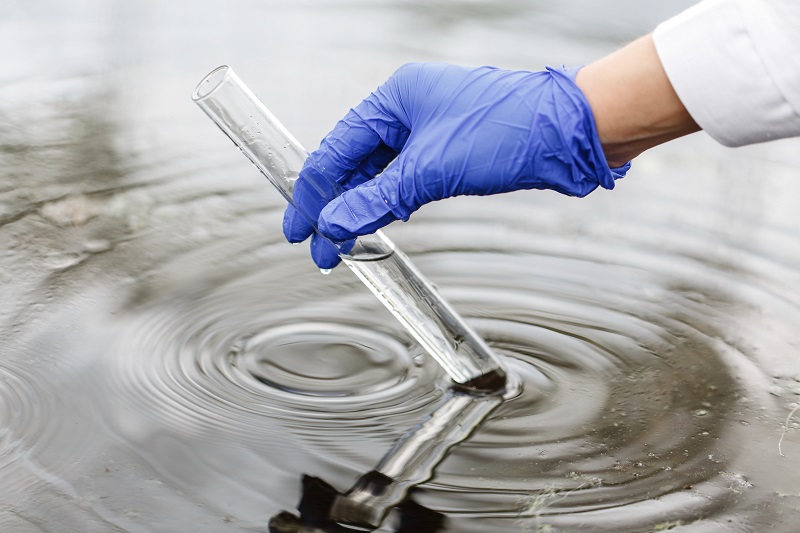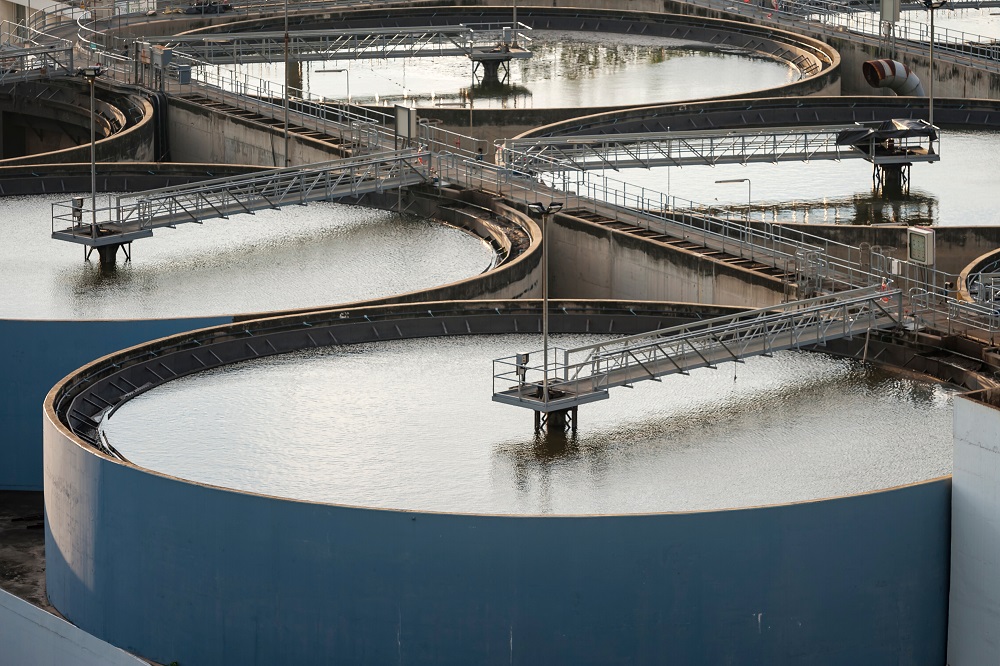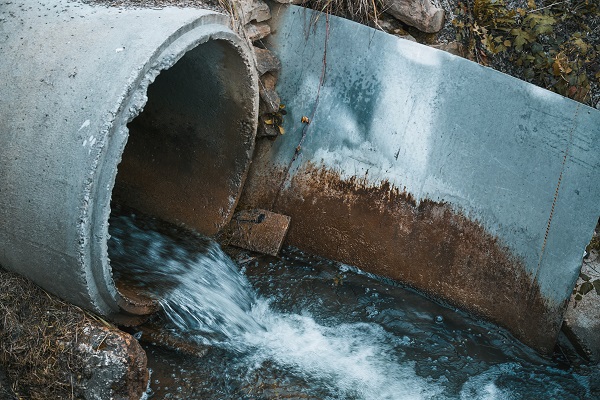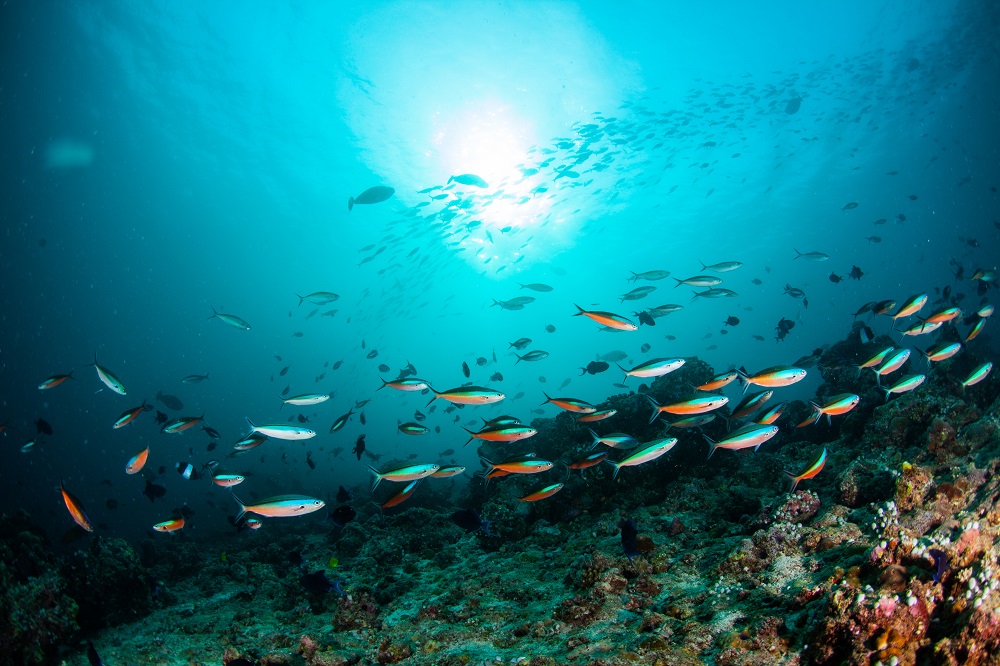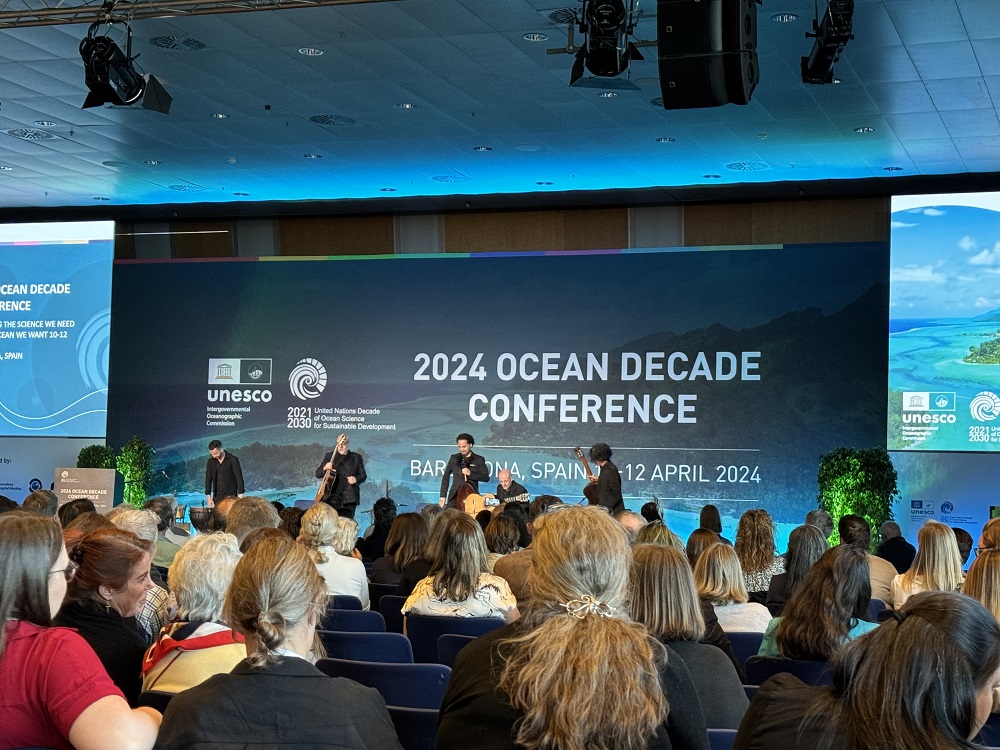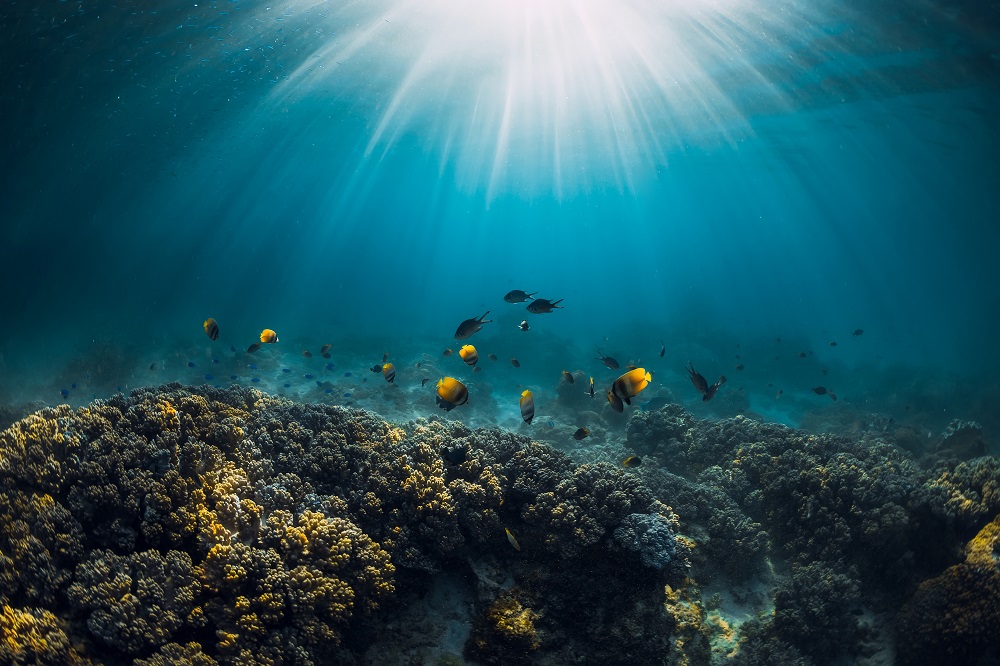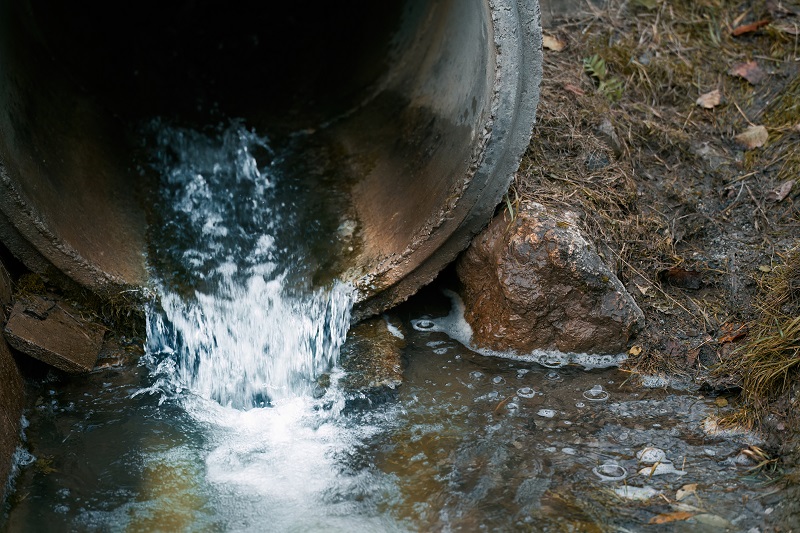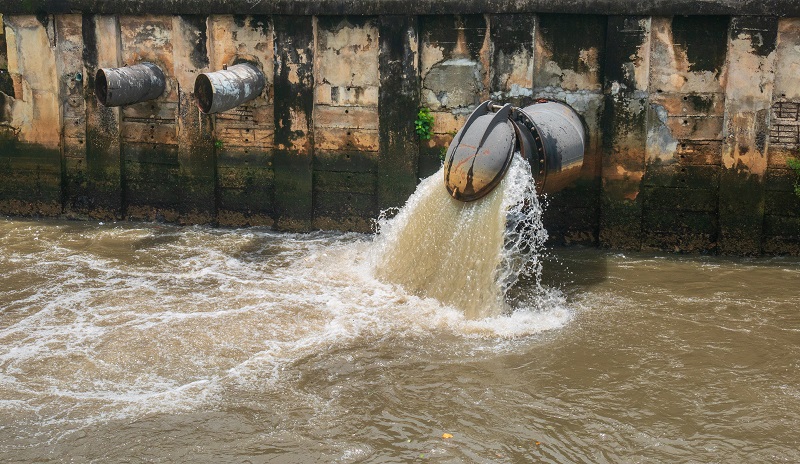As single-use plastics remain the cleanest, most efficient way to facilitate health and hygiene in healthcare facilities, it is difficult to cut down on plastic use in the medical field. However, ongoing discussions around sustainability in medical plastics include experimenting with bioplastics such as polylactic acid, which can be recycled to produce lactic acid, and polyhydroxyalkanoates, which are biodegradable.
Although human health rightfully remains the primary focus of the medical field, mounting evidence suggests that potentially harmful pharmaceutical residues are accumulating in our water supplies. The long-term effects of these contaminants may not become apparent for years or even decades. Consequently, the healthcare industry must now broaden its perspective to consider the environmental impact of its products. A more holistic approach is essential to safeguard human health in the long term, as environmental and human well-being are inextricably linked.

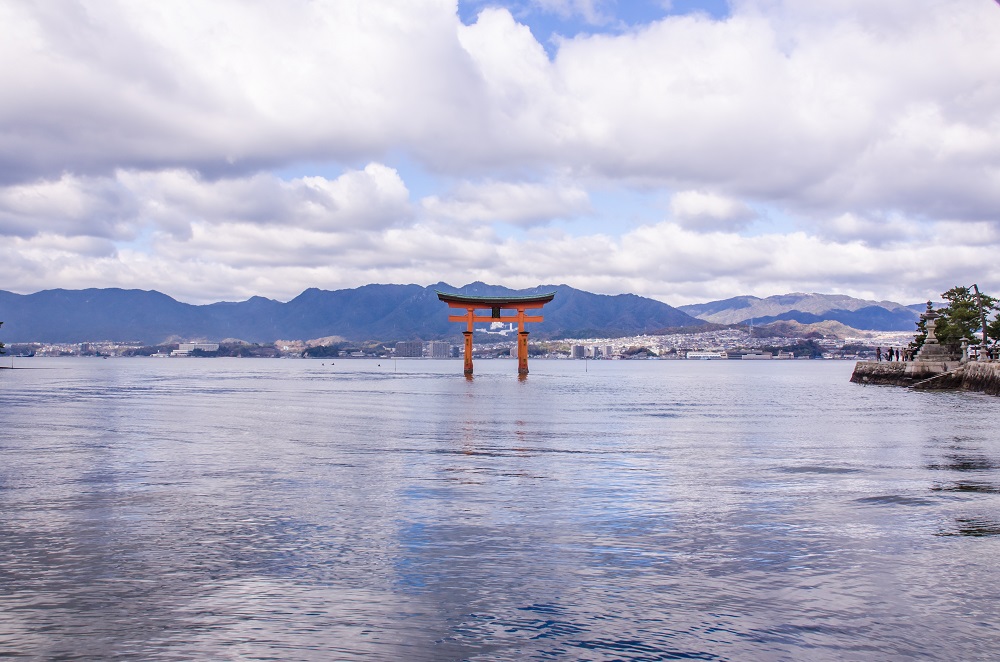

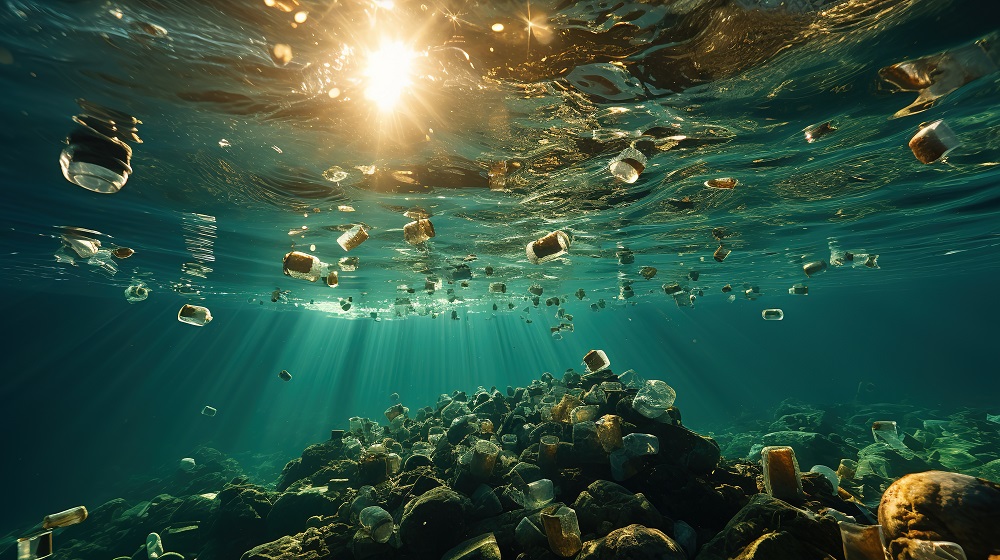

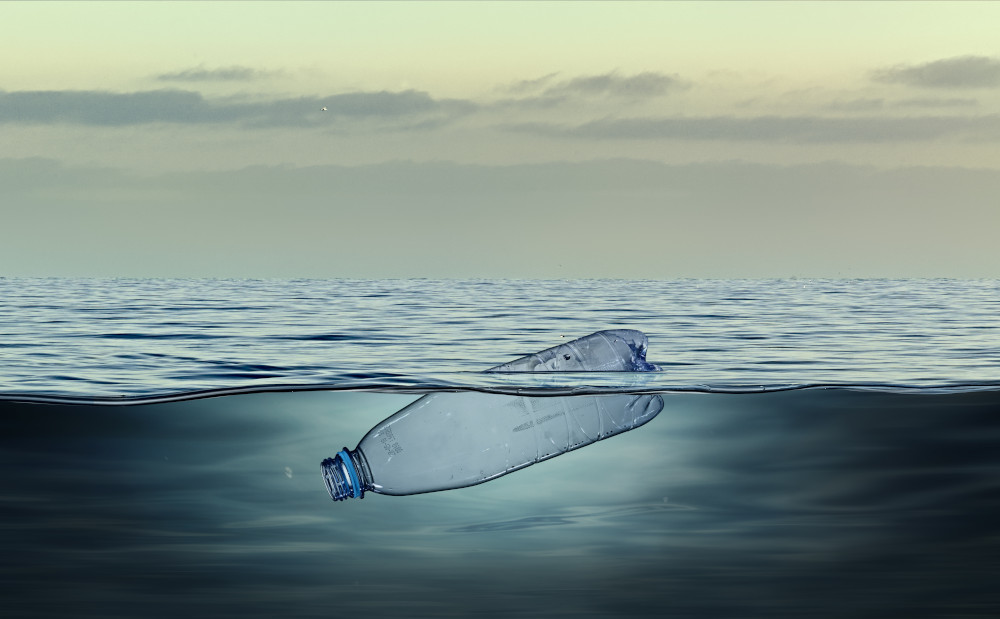


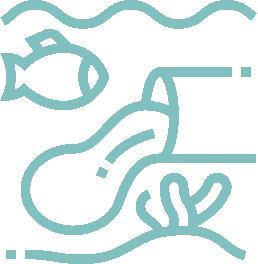

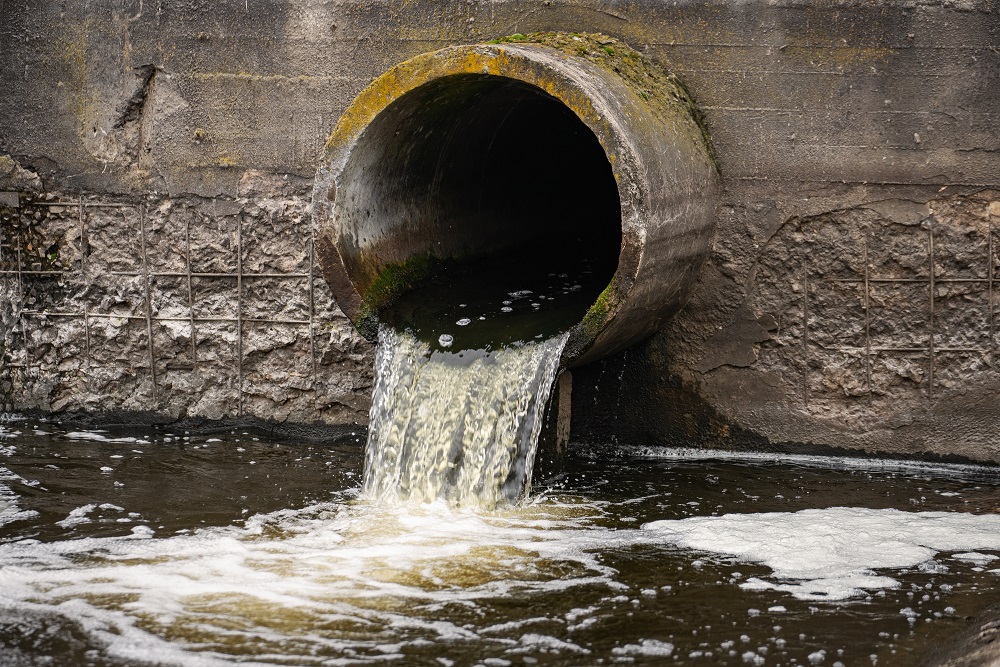 The scourge of untreated wastewater
The scourge of untreated wastewater Slowing
the chemical tide: safeguarding human and ocean health amid
chemical pollution
Slowing
the chemical tide: safeguarding human and ocean health amid
chemical pollution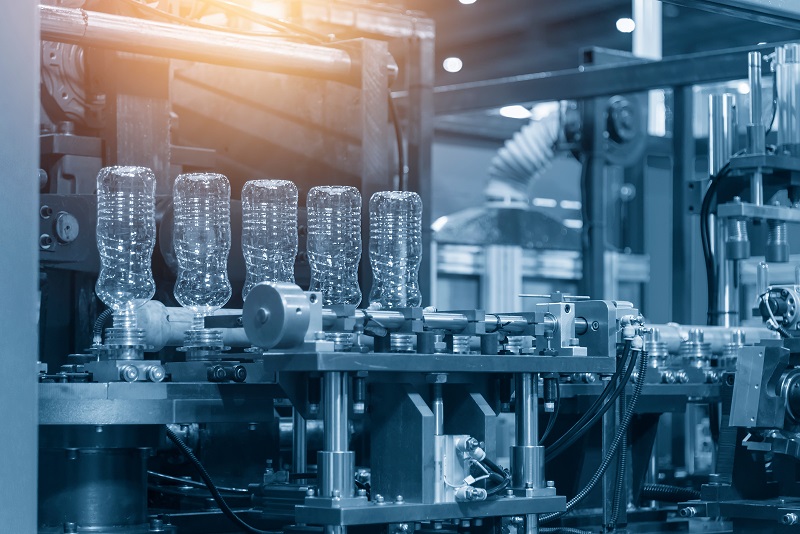 Hazardous chemicals in plastics - the discussions at INC
Hazardous chemicals in plastics - the discussions at INC
